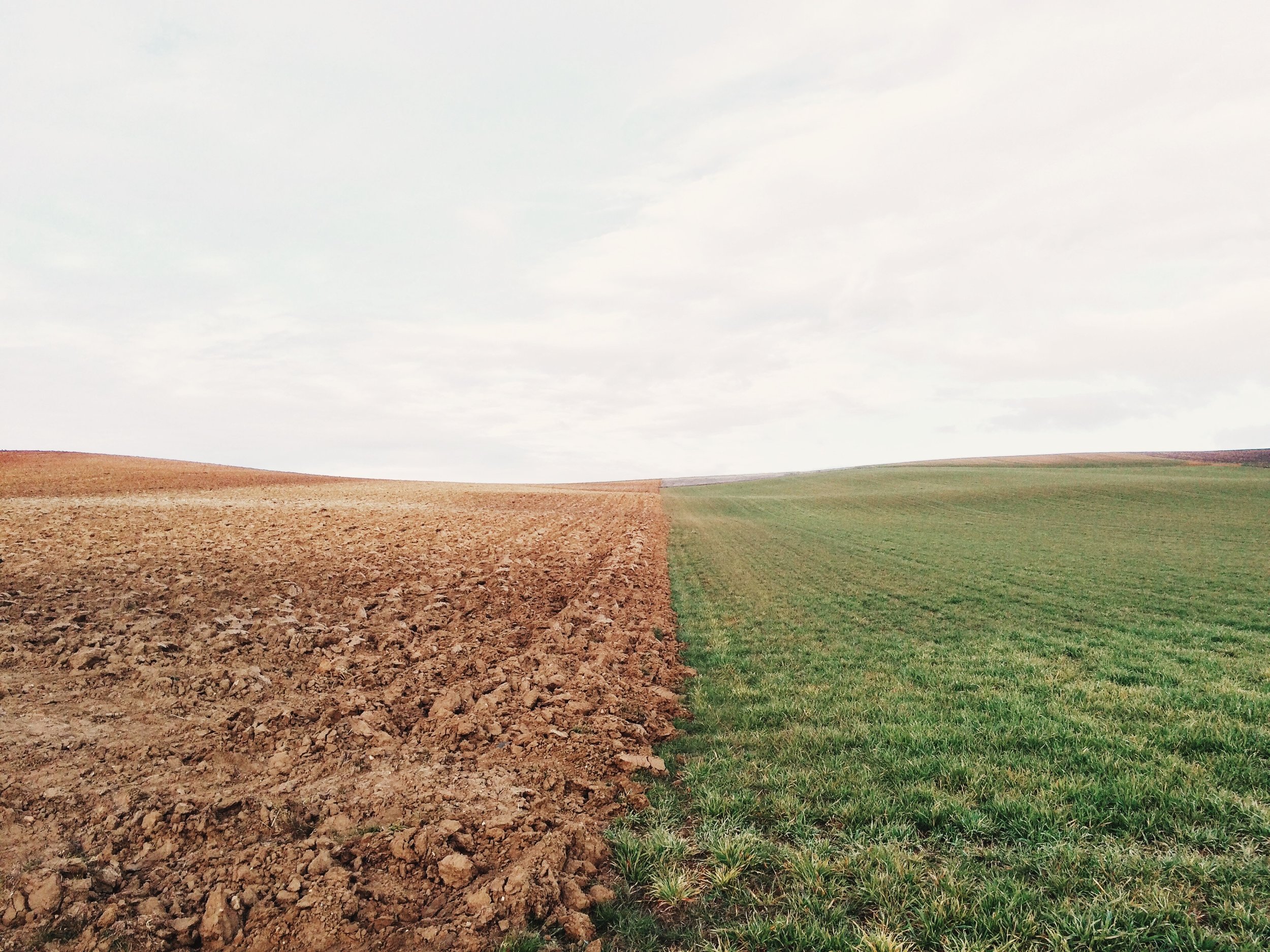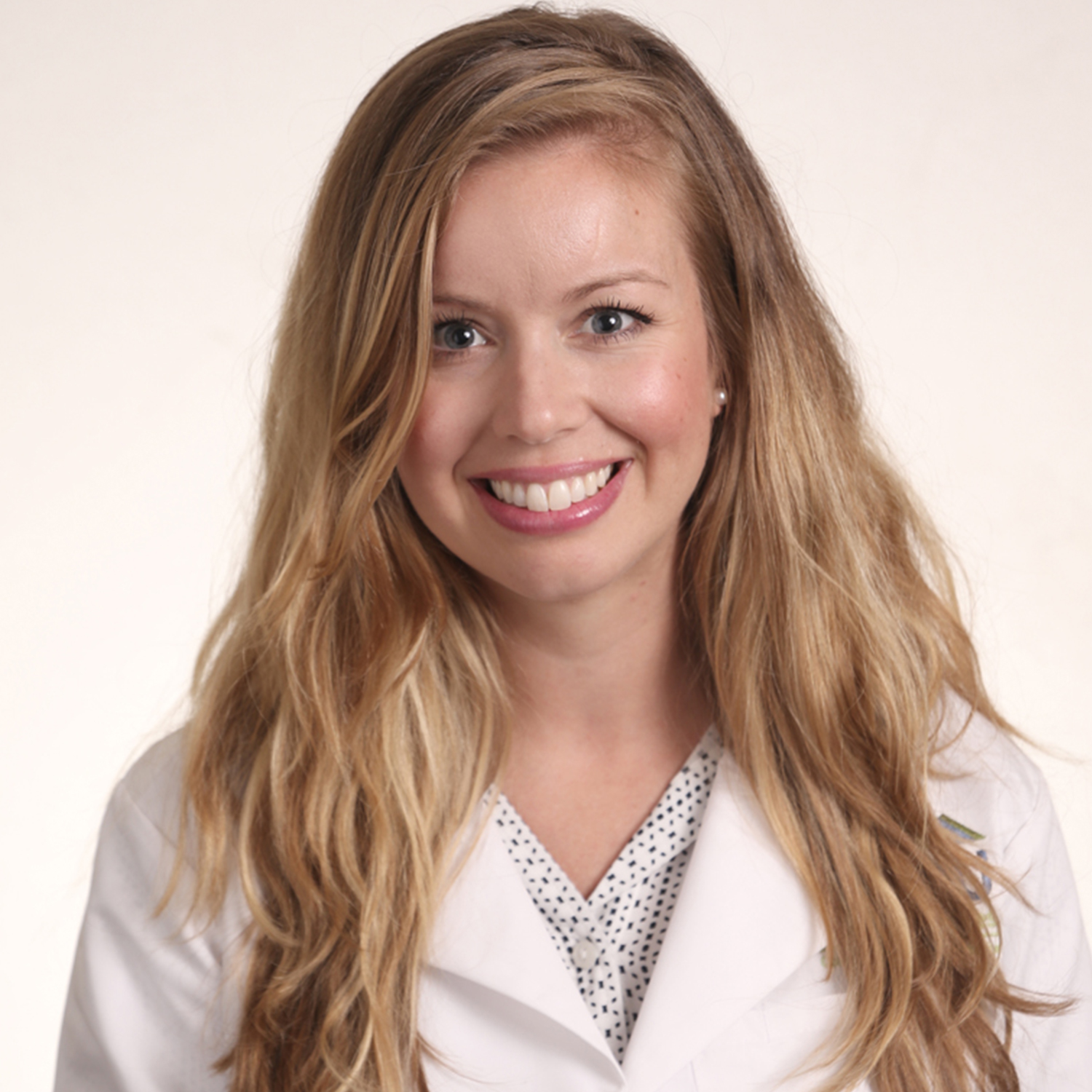Who Gets to Be a Doctor? How Osteopathic Physicians are Changing the Future of Medicine in Rural and Underserved Communities
Who are our future physicians?
Are they poor or wealthy? What are their home communities like?
For many medical school hopefuls, socioeconomic status can be a determining factor when deciding to apply. From college onward, the preparation for medical school is time-consuming and expensive. From classes to MCAT (Medical College Admission Test) preparation, the path to medical school takes its toll on students financially and emotionally.
For disadvantaged students that path can be even more perilous.
Without family or monetary support, many students have to work during the day, take night classes, and may not afford preparatory materials or be provided with the comfort and support their more socioeconomically advantaged peers have. This may result in lower GPAs and lower exam scores and lead to fewer medical school acceptances. This, in turn, bars these students from serving patients who would benefit from having a doctor who shares their background and understands their specific challenges.
I was raised in a rural town in the Pacific Northwest. My parents divorced when I was very young and I grew up between two households: my father’s, where we could watch all the TV we wanted and eat ice cream nightly, and my mother’s, where organic food reigned and there was no television to watch. However, both households shared my parent’s minimal earnings.
We drove old cars and neither of my parents owned their own home. In addition to economic troubles, my parents experienced their own difficulties and challenges, which led to an instability that many (though not all) children of low-income households have experienced. Medical school seemed not only out of reach to me, but impractical. How was I to spend all those years in school, not making any money? And when I finally did start on the path to medical school, how did I expect to pay for the applications, MCAT materials, my apartment, rent and food, while shadowing physicians and volunteering at a local hospital?
In his 1984 Pulitzer prize-winning book The Social Transformation of American Medicine, Paul Starr addresses the fact that early reform of medical education in America, beginning with the Flexner report, dismantled and did not replace schools that recruited and served rural America.
Flexner denied in his report that the “poor boy” had any right to enter medicine “unless it is best for society that he should,” and he made no allowances for the inability of low-income communities to pay for the services of "highly trained physicians” (125). As one physician responded at that time, “‘would you say that such people should be denied physicians? Can the wealthy who are in a minority say to the poor majority, you shall not have a doctor?’ But that was, implicitly, what they did say” (125).
Not only did this result in less people of humble means entering the profession, but less physicians returned or ventured to rural communities. Indeed, the AMA estimated in 2009 that 4-6% of applicants to national allopathic medical schools were from the bottom economic quartile.
These trends matter.
They reveal where our future doctors come from. They reveal opportunity, and a lack thereof. They lay before us a clear image of those set to become our future doctors, and they result in physician shortages, like the one we are experiencing now.
Osteopathic medicine makes a critical intervention.
Not only are osteopathic medical schools more likely to be situated in rural or underserved areas, but they also accept a higher percentage of students from socioeconomically disadvantaged backgrounds. Doctor of Osteopathic Medicine (D.O.) programs have more students of color and are more likely to train doctors who serve in rural or underserved communities. They accept more non-traditional students and their physicians are more likely to return to their home communities as primary care physicians in rural and underserved regions across the country.
I am forever grateful that I was chosen to attend an osteopathic medical school.
I look forward to working with patients who share my background, which includes single parents, low-income families, and socioeconomically disadvantaged youth. I will be able to acknowledge and understand the stressors my patients experience, whether from conflict at home, in relationships, or just the daily stress of poverty. I am extremely proud of the achievement that is being accepted to medical school; the perseverance and fortitude required by all students who want a career in medicine. I am also extremely grateful to have found a medical school willing to invest in students from lower income backgrounds.
“Osteopathic medical schools are changing the dynamic so that students from our most vulnerable communities become the doctors who serve those very same communities.”
The “poor boy” or girl of early medical school reformation was barred from entry.
Not anymore.
Kasey Johnson
Osteopathic Medical Student - 2nd Year (OMS II)
College of Osteopathic Medicine
Pacific Northwest University of Health Sciences



